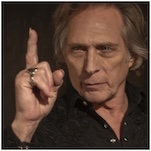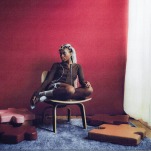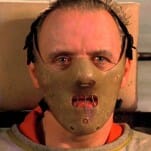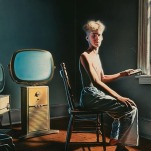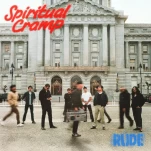Kwanza Osajyefo & Jamal Igle’s Black #1 is Raw & Potent
Main Art by Khary Randolph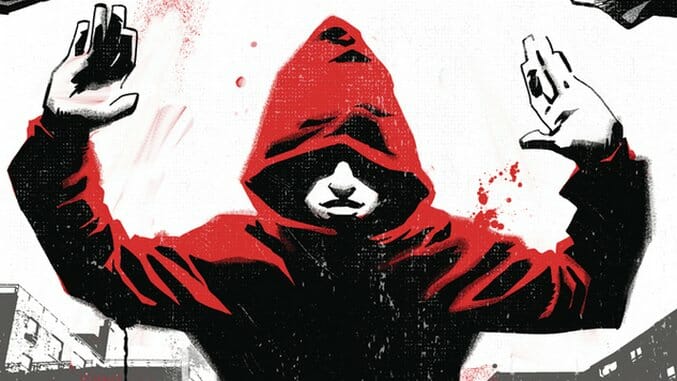
Writer: Kwanza Osajyefo
Artist: Jamal Igle
Designer: Tim Smith 3
Publisher: Black Mask
Release Date: October 5, 2016
 Here’s a fun fact if somehow you hadn’t already heard: the story of the X-Men functions as a metaphor for disenfranchised minorities and the struggle for equality. Don’t believe me? Just ask Stan Lee—he’ll be the first one to tell you that’s what he and Jack Kirby intended to create back in 1963. Marvel’s flagship team of mutated humans has always functioned as a misadjusted if well-intentioned analog for the lived experiences of minorities and the very real challenges of structural and institutional racism. Though much has changed in the world of mass publishing since those heady days of the Civil Rights movement, people of color remain a marginalized population within the mainstream comic book industry and as such, stories involving minority characters told from perspectives that speak with personal, authentic insight into the dimension of those lives remain scant—if present at all. That’s what Black, co-created by former DC editor Kwanza Osajyefo and designer Tim Smith 3, hopes to fix, creating a canon of new heroes whose powers are derived from the condition of their blackness.
Here’s a fun fact if somehow you hadn’t already heard: the story of the X-Men functions as a metaphor for disenfranchised minorities and the struggle for equality. Don’t believe me? Just ask Stan Lee—he’ll be the first one to tell you that’s what he and Jack Kirby intended to create back in 1963. Marvel’s flagship team of mutated humans has always functioned as a misadjusted if well-intentioned analog for the lived experiences of minorities and the very real challenges of structural and institutional racism. Though much has changed in the world of mass publishing since those heady days of the Civil Rights movement, people of color remain a marginalized population within the mainstream comic book industry and as such, stories involving minority characters told from perspectives that speak with personal, authentic insight into the dimension of those lives remain scant—if present at all. That’s what Black, co-created by former DC editor Kwanza Osajyefo and designer Tim Smith 3, hopes to fix, creating a canon of new heroes whose powers are derived from the condition of their blackness.
This issue’s opening scenario is heartbreakingly familiar to anyone who’s followed the news in the past three years: while walking through their neighborhood on their way to play basketball, 15-year-old Kareem Jenkins and his two friends are mistaken for armed burglars and held at gunpoint in a heated police stand-off. In a tragic hair-trigger moment of flight or fight, the three young men are gunned down in broad daylight. Miraculously, Kareem survives, escaping confinement only to be rescued from police pursuit by mysterious benefactors with an intimate understanding of his plight. Kareem is one of the gifted 0.5 percent of black people with a rare hereditary condition which bestows tremendous superhuman abilities yet unknown to the rest of the human race. Now it’s up to Kareem, with the help of his mentors, to discover and hone his powers to protect himself and those like him from the malicious forces that seek to suppress this knowledge at all costs.
-

-

-

-

-

-

-

-

-

-

-

-

-

-

-

-

-

-

-

-

-

-

-

-

-

-

-

-

-

-

-

-

-

-

-

-

-

-

-

-












